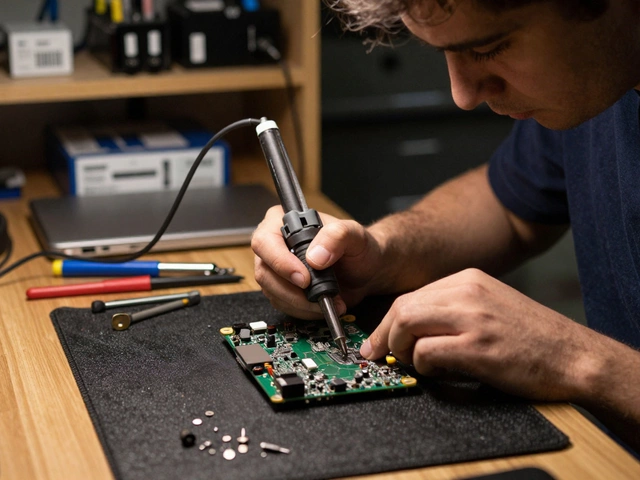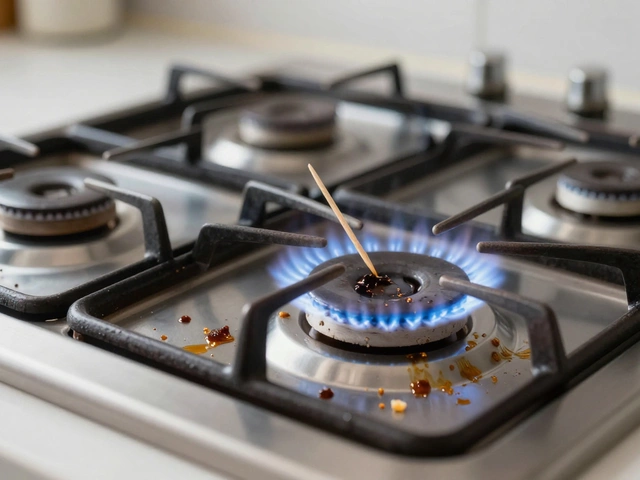Washer Repair Tips: Simple Fixes to Keep Your Machine Running
If your washing machine is acting up, you don’t have to call a pro right away. Most issues are caused by something you can check yourself. In this guide we’ll walk through the most common problems, give step‑by‑step fixes, and share a few habits that add years to your washer’s life.
Common Issues and How to Fix Them
Machine won’t start. First, make sure the power cord is plugged in and the outlet works – try a lamp. Check the door latch; if it’s not fully closed, the washer won’t run. A tripped circuit breaker can also be the culprit, so reset it and try again.
Not spinning or agitating. A blocked pump filter often causes this. Locate the filter (usually behind a small panel at the front), open it, and clean out lint, coins, or hair. While you’re there, inspect the drive belt for cracks. If the belt looks worn, replace it before the next load.
Leaking water. Leaks usually come from the hoses, the detergent drawer, or the tub seal. Tighten any loose hose clamps and replace cracked hoses. If water drips from the front, the door seal may be dirty – wipe it with a damp cloth and remove any debris.
Strange noises. A thumping sound often means something is stuck in the drum. Turn the washer off, remove the agitator (if your model has one), and look for objects like socks or small toys. Rattling can also be caused by loose shock absorbers; tighten the mounting bolts if you feel comfortable doing so.
Won’t drain. Besides a clogged pump filter, check the drain hose for kinks or blockages. Detach the hose, run a bucket of water through it, and ensure it flows freely. If the hose is clear but water still pools, the pump may need replacement.
Preventive Maintenance to Extend Life
Regular care reduces breakdowns. After each wash, leave the door open for a while to let the drum dry – this stops mold and odors. Run an empty hot cycle with a cup of white vinegar once a month to clean internal parts and remove soap buildup.
Every six months, clean the lint filter (if your washer has one) and the dispenser drawer. Use a soft brush to remove residue that can block water flow. Also, inspect all hoses for bulges or soft spots; replace them every two years to avoid sudden bursts.
Don’t overload the machine. Overfilling stresses the motor and suspension, leading to early wear. Follow the manufacturer’s load size guidelines – it usually means loading the drum about three‑quarters full.
Finally, use the right detergent. High‑efficiency (HE) washers need low‑foam detergent. Too much suds can cause over‑flows and make the pump work harder, which shortens its lifespan.
When a problem feels beyond your skill level – like a broken motor, a cracked tub, or persistent error codes – it’s time to call a professional. Trying to force a repair can cause more damage and end up costing more.
By spotting issues early, cleaning regularly, and following these quick fixes, you’ll keep your washer humming along for years. Keep this page handy; the next time your machine hiccups, you’ll have a clear plan instead of a panic call.
Common Issues with Washing Machines and How to Fix Them
- Alden Wilder
- Oct 16 2024
- 0 Comments
Washing machine malfunctions are a common household problem that can often be resolved with some basic troubleshooting and maintenance. From simple fixes to more involved repairs, understanding the most frequent issues can save time and money. This article explores the common causes of washer failures and provides hands-on solutions. By delving into these troubleshooting tips, homeowners can keep their washing machines running smoothly.
View More




